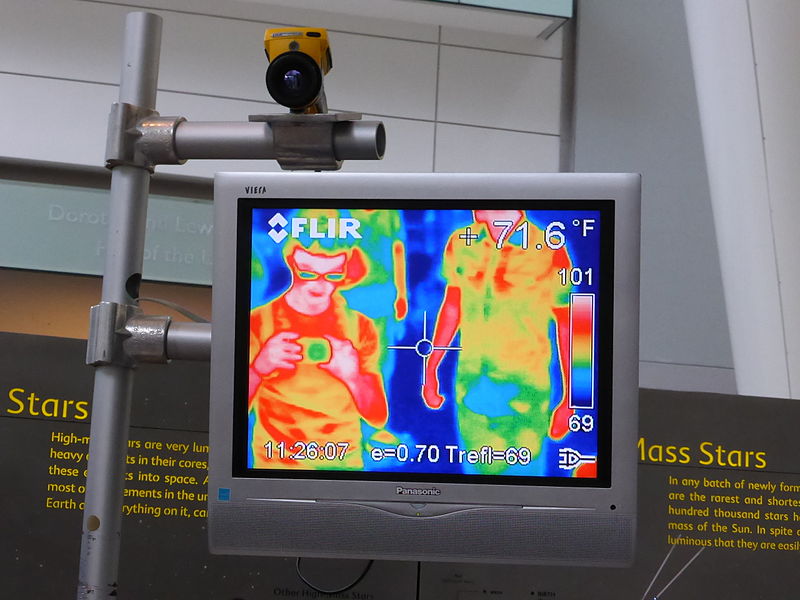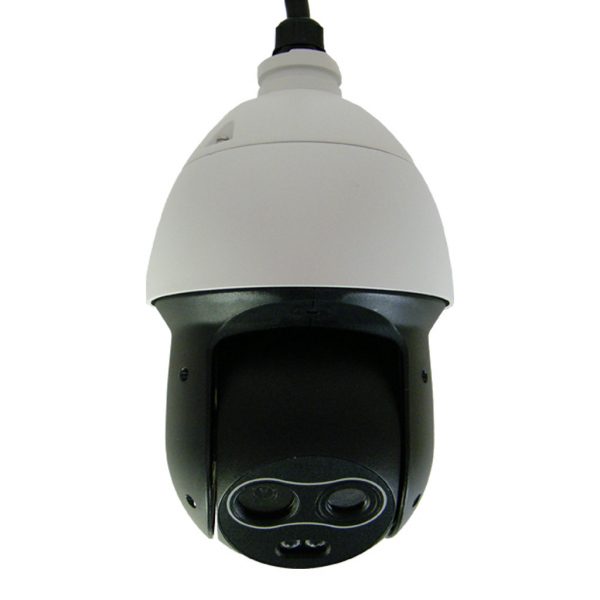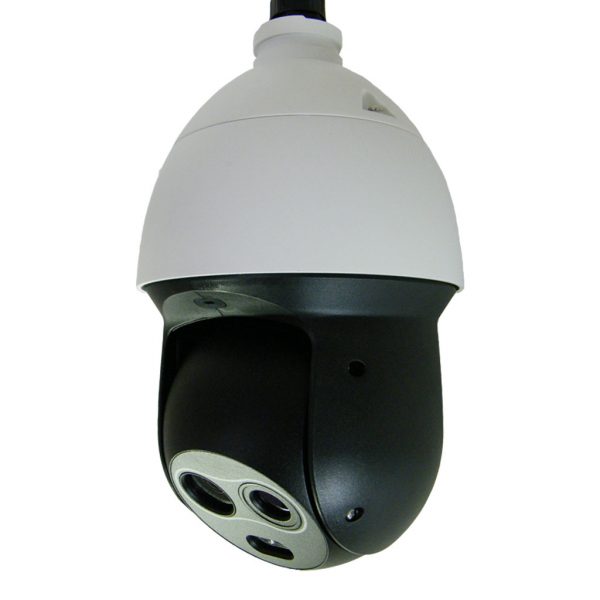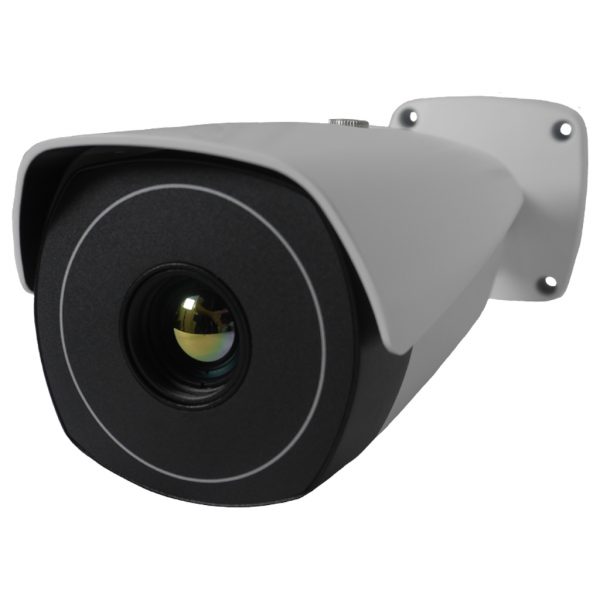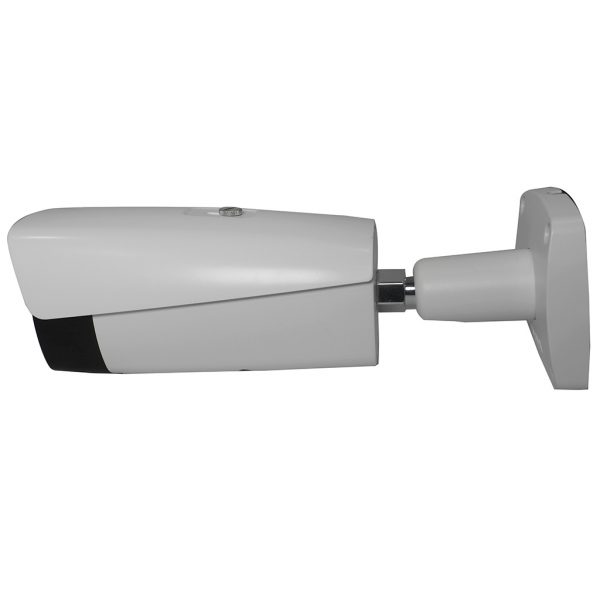Thermal cameras are fascinating devices that detect heat emitted by objects and convert it into an image, allowing us to see temperature variations. They are widely used in various fields, including security, firefighting, medical diagnostics, and industrial inspections. This article explains how thermal cameras work and their key applications.
How Thermal Cameras Work
- Detection of Infrared Radiation:
- Thermal cameras detect infrared radiation (IR), which is a type of electromagnetic radiation with wavelengths longer than visible light. All objects emit some level of infrared radiation based on their temperature.
- Infrared Sensor (Microbolometer):
- The core component of a thermal camera is the infrared sensor or microbolometer. This sensor consists of an array of tiny pixels, each of which detects infrared radiation and converts it into an electrical signal. The amount of radiation detected varies with the temperature of the object.
- Conversion to Electrical Signals:
- Each pixel in the microbolometer measures the intensity of infrared radiation and converts it into an electrical signal. Warmer objects emit more radiation and generate stronger signals, while cooler objects emit less radiation and generate weaker signals.
- Image Processing:
- The electrical signals from the microbolometer are processed and converted into a digital image. The camera’s onboard processor assigns different colors or shades of gray to various temperature ranges. Typically, warmer areas are represented by lighter colors (e.g., white, yellow, red), and cooler areas are represented by darker colors (e.g., black, blue, purple).
- Display on Screen:
- The processed thermal image is displayed on the camera’s screen or transmitted to an external monitor or recording device. This thermal image allows users to see temperature variations in real-time.
- Calibration and Correction:
- To ensure accuracy, thermal cameras undergo calibration to correct any discrepancies in temperature measurements. This process involves comparing the camera’s readings with known temperature standards and adjusting the output accordingly.
Key Features of Thermal Cameras
- Resolution:
- Thermal resolution refers to the number of pixels in the infrared sensor array. Higher resolution provides more detailed thermal images, making it easier to identify small temperature differences.
- Temperature Range:
- Thermal cameras are designed to detect a specific range of temperatures. The temperature range determines the camera’s suitability for various applications, such as detecting human body temperature or monitoring industrial equipment.
- Sensitivity (NETD):
- Noise Equivalent Temperature Difference (NETD) is a measure of the camera’s sensitivity to temperature differences. Lower NETD values indicate higher sensitivity, allowing the camera to detect smaller temperature variations.
- Color Palettes:
- Thermal cameras offer different color palettes for displaying temperature data. Users can choose from palettes like iron, rainbow, and white-hot, depending on the application and personal preference.
- Image Fusion:
- Some thermal cameras combine thermal and visible light images to create a more detailed and informative picture. This feature, known as image fusion, helps users better interpret thermal data.
Applications of Thermal Cameras
- Security and Surveillance:
- Thermal cameras are used in security systems to detect intruders and monitor areas in low-light conditions. They are particularly useful for perimeter security and night-time surveillance.
- Firefighting:
- Firefighters use thermal cameras to locate hotspots, assess fire spread, and find people or animals trapped in smoke-filled environments. Thermal imaging helps improve safety and efficiency during firefighting operations.
- Medical Diagnostics:
- In healthcare, thermal cameras are used for diagnostic purposes, such as detecting inflammation, monitoring blood flow, and identifying areas of poor circulation. Thermal imaging is non-invasive and provides valuable information for medical assessments.
- Industrial Inspections:
- Thermal cameras are employed in industrial settings to monitor machinery, detect equipment malfunctions, and identify heat leaks. They help prevent costly breakdowns and improve maintenance practices.
- Building Inspections:
- Thermal cameras are used in building inspections to detect insulation issues, moisture intrusion, and electrical faults. They help improve energy efficiency and identify potential problems before they escalate.
Conclusion
Thermal cameras are powerful tools that provide valuable insights by detecting and visualizing heat patterns. By understanding how they work and their key features, users can effectively leverage thermal imaging technology for various applications, from security and firefighting to medical diagnostics and industrial inspections.
Related Products
35MM AI Thermal Bullet Camera W/ Audio and Alarm
Specifications
- Lens: 35mm Fixed Lens
- Audio: Capable With External Mic
- SD Card Compatible: Yes
- Perimeter Protection: No
- Object Detection: No
- Face Detection: No
- Face Recognition: No
- Smart Motion Detection: No
- LPR: No
Frequently Asked Questions (FAQ)
How do thermal cameras detect heat?
- Thermal cameras detect infrared radiation (heat) emitted by objects and convert it into a visible image. They use special sensors that absorb infrared photons and convert them into electrical signals, which are then processed into thermal images.
What are the main components of a thermal camera?
- Key components include an infrared lens (usually made of germanium), an infrared sensor (often a microbolometer), a sensor cooling system, digital signal processing, and calibration parameters.
What are the applications of thermal cameras in commercial settings?
- Thermal cameras are used for building inspections (detecting heat loss, moisture issues), electrical maintenance (identifying overheating circuits), security (detecting intruders in low-visibility conditions), and healthcare (diagnosing inflammation and detecting fevers).
Can thermal cameras work in complete darkness?
- Yes, thermal cameras can work in complete darkness because they rely on infrared radiation rather than visible light. This makes them ideal for night vision applications.
What is the difference between cooled and uncooled thermal cameras?
- Cooled thermal cameras have a cooling mechanism to improve sensitivity and are used for high-precision tasks like military surveillance. Uncooled thermal cameras are more common, cost-effective, and suitable for general applications like building inspections and preventive maintenance.

